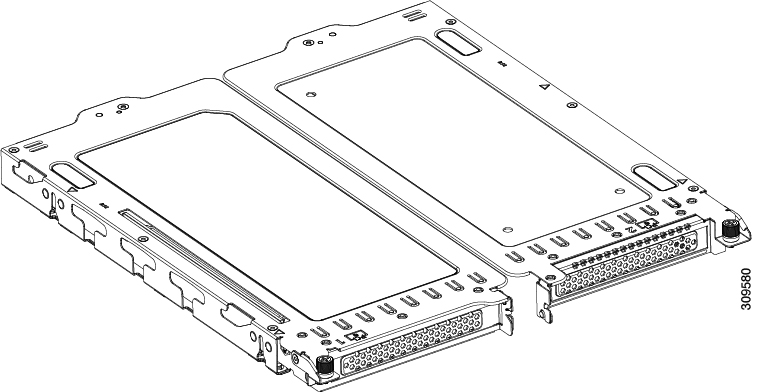Server Firmware Requirements
The following table lists the minimum server firmware versions for the supported GPU cards.
|
GPU Card |
Cisco IMC/BIOS Minimum Version Required |
|
NVIDIA L4 PCIe, 72W, Gen 4 x8 (UCSC-GPU-L4) |
4.1(3) |
|
Intel GPU Flex 140 PCIe, 75W, Gen 4 x8 (UCSC-GPU-FLEX140) |
4.1(3) |







 Feedback
Feedback